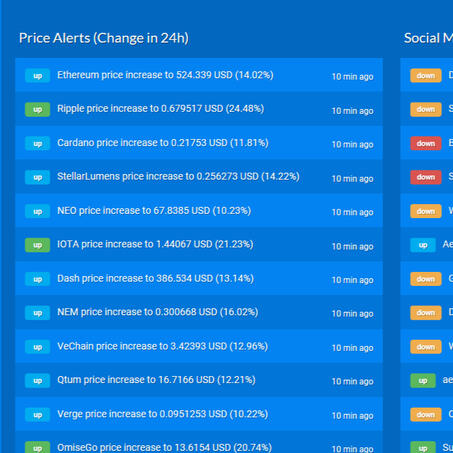
Senior Data Scientist
I am a senior data scientist at a machine learning consulting company, developing machine learning and deep learning models in a wide variety of fields, ranging from recommenders (both collaborative and content based), text classification models, OCR (optical character recognition) API, age detection, sentiment analysis of tweets (with close to 1 million tweets analyzed per day), and many more.We are using Twitter API as the source of our tweets:
https://developer.twitter.com/en/docs/twitter-apiI also built many interesting data sets over the years. The latest one is an offline URL classification database.Usually I am using the following ML libraries in our projects:
https://www.tensorflow.org
https://keras.ioAn interesting recent project involved developing accurate product categorization ML model allowing classification of complete websites/businesses.In addition to ML problems, I am also working in projects that are not necessarily using ML models but are still what I would call Big Data.One such projects involved finding the IP addresses for hundreds of millions of domains (yes, there are really that many domains out there) and then building a service, also available as API, which is able to provide you with all domains that share the same IP address.You may ask yourself, why can we have more than one domain on same IP. This is because when you e.g. purchase hosting for domain, the company often puts your domain on a server with domains of other customers. So we can have many domains on same IP in this case. Another reason for this are companies like Cloudflare, where a lot of domains can be served again from same IPs.
What is artificial intelligence?
Deep learning, machine learning, and artificial intelligence
Artificial intelligence has produced tremendous accomplishments over the past ten years in a variety of fields, including picture recognition, autonomous driving, powering suggestions on e-commerce platforms, and assisting us in our daily lives as part of personal digital assistants like Siri and Alexa.When reading about artificial intelligence (AI), the phrases machine learning and deep learning are sometimes used interchangeably. In this post, we'll discuss three concepts and how they connect to one another, as well as their significance and the kinds of applications they power.Machine learning is a subset of artificial intelligence, which is thought to be the most inclusive category, and deep learning is a subset of machine learning (see Fig. 1). Artificial intelligence encompasses all machine learning, albeit not all machine learning is deep learning.John McCarthy coined the term "artificial intelligence" in 1955 as part of the planning for the Dartmouth conference, which took place in 1956 and is frequently regarded as the beginning of the artificial intelligence period.The participants' proposal for the Dartmouth meeting included the following definition of artificial intelligence:
“The study is to proceed on the basis of the conjecture that every aspect of learning or any other feature of intelligence can in principle be so precisely described that a machine can be made to simulate it.”Although artificial intelligence has many additional definitions, we can think of AI as the science of creating machines that can carry out tasks that would typically need human intelligence. In other words, computer intelligence that resembles human intellect.AGI, or artificial general intelligence, is further separated into two categories: weak, narrow AI and strong, broad AI.Strong AI refers to the creation of machines that are capable of carrying out every work at a level equal to or higher than humans. Despite multiple companies working on it and huge funds available for it, strong AI or AGI does not yet exist and may take a long time to develop.Thus, the AI that we interact with and use in our daily lives is of a different type, known as narrow or weak AI (narrow AI is often classified as a subfield of weak AI).Narrow AI refers to algorithms that are equally as good as or better than humans at performing a single activity. Narrow AI, on the other hand, excels at just one task and struggles with unrelated activities.
A few interesting links and resources
GPT3
Product and website categorization taxonomies
Screenshots from my applications
Get in touch
You can reach me at [email protected]


